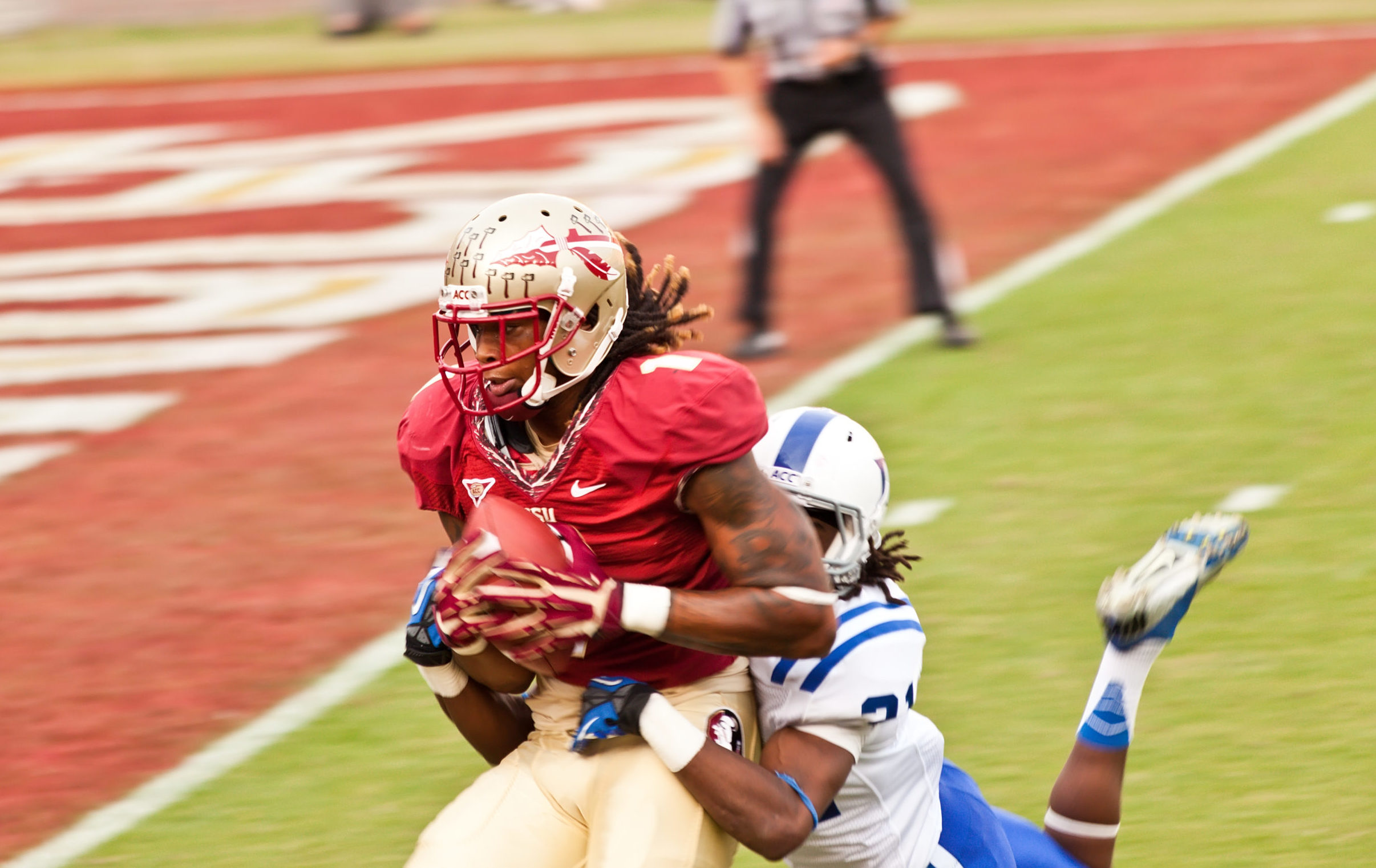Culture
Unionize College Football
For reasons both progressive and traditional, it’s time for college players to unionize.

Last month, news spread that football players at Penn State, led by quarterback Sean Clifford, had begun to unionize. For football traditionalists, it seemed an alarming development, another sign that their sport was undergoing changes that would drain it of all that they love. Soon, though, Clifford denied the reports. Opponents of change were reassured.
They should not have been. College football has already changed irrevocably—and only unionization can restore a semblance of its old glory.
Comments